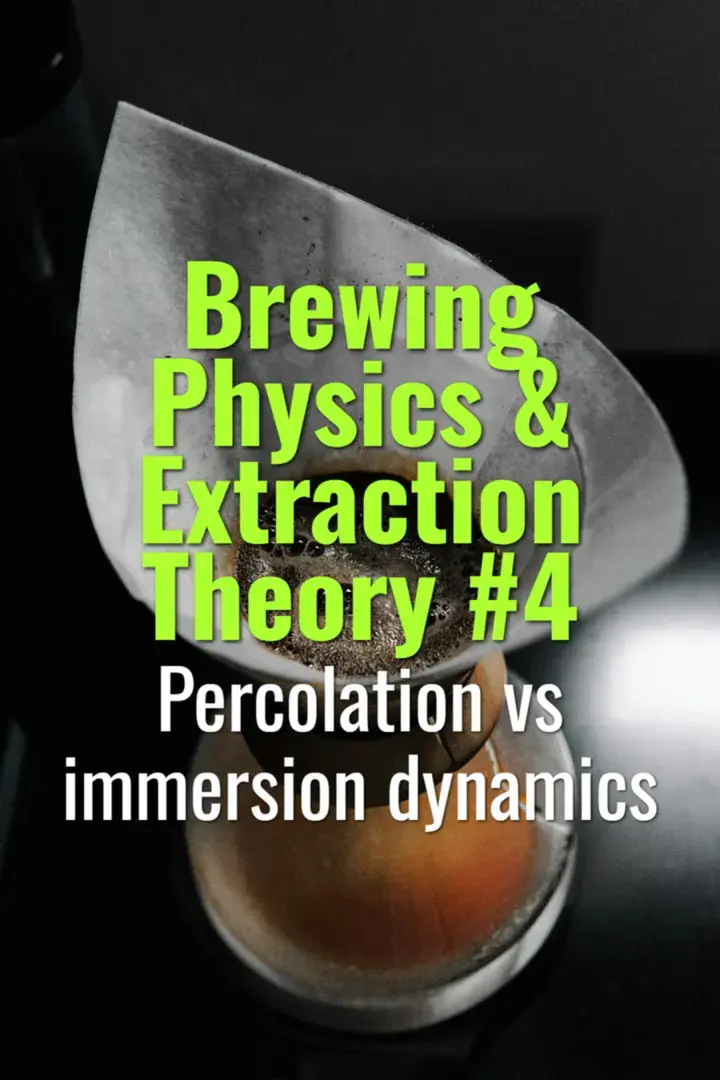Percolation vs immersion dynamics
Understanding how water flow dynamics—percolation vs immersion—affect coffee extraction and flavor development.
- Coffee Basics Nerds
- 1 min read

Percolation vs Immersion Dynamics
-
Percolation:
-
Water flows through coffee grounds once, extracting soluble compounds as it passes.
-
Examples: Pour-over, drip machines, espresso.
-
Characteristics:
-
Continuous flow.
-
Shorter contact time.
-
Extraction is highly dependent on grind size, flow rate, and bed uniformity.
-
Immersion:
-
Coffee grounds are fully submerged in water for the entire brew duration.
-
Examples: French press, AeroPress (inverted method), cupping.
-
Characteristics:
-
Steady contact time.
-
Extraction influenced by agitation, temperature, and time.
-
Less sensitive to water flow, more forgiving on grind uniformity.
-
Comparison:
Aspect Percolation Immersion Contact Dynamic Static Control Flow rate, grind Time, agitation Flavor Often cleaner, brighter Fuller body, sometimes heavier mouthfeel Sensitivity High Moderate -
Practical Implications:
-
Percolation favors clarity and nuanced flavors.
-
Immersion favors body and balance.
-
Some hybrid methods (e.g., AeroPress with immersion + short percolation) combine advantages.
-
Outcome:
-
Choosing the right brewing dynamics allows optimization of extraction, consistency, and flavor profile according to bean characteristics.